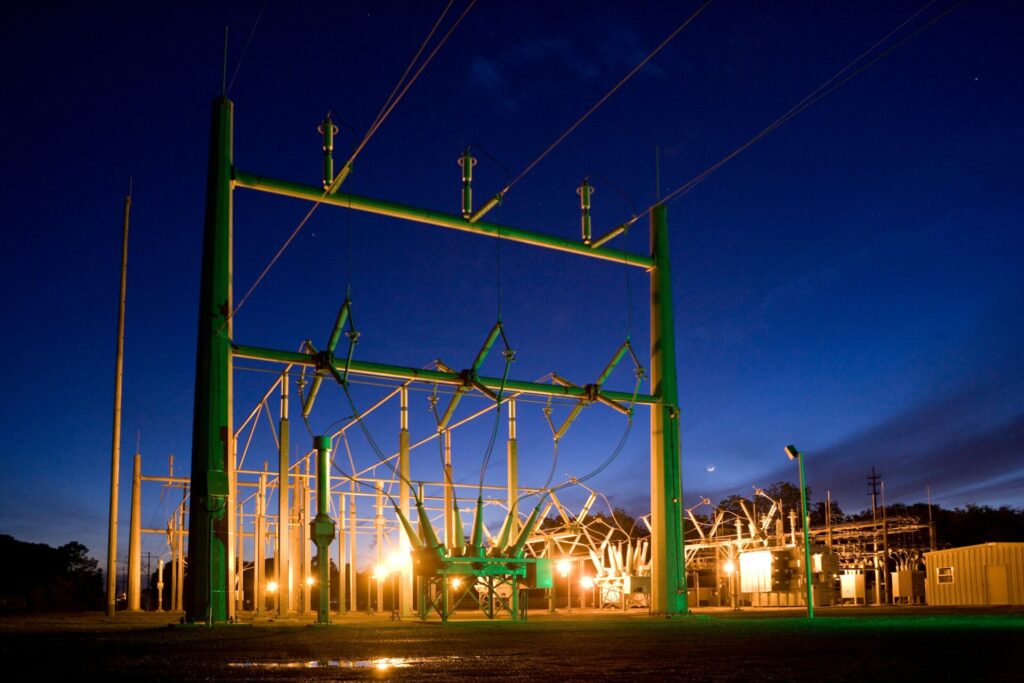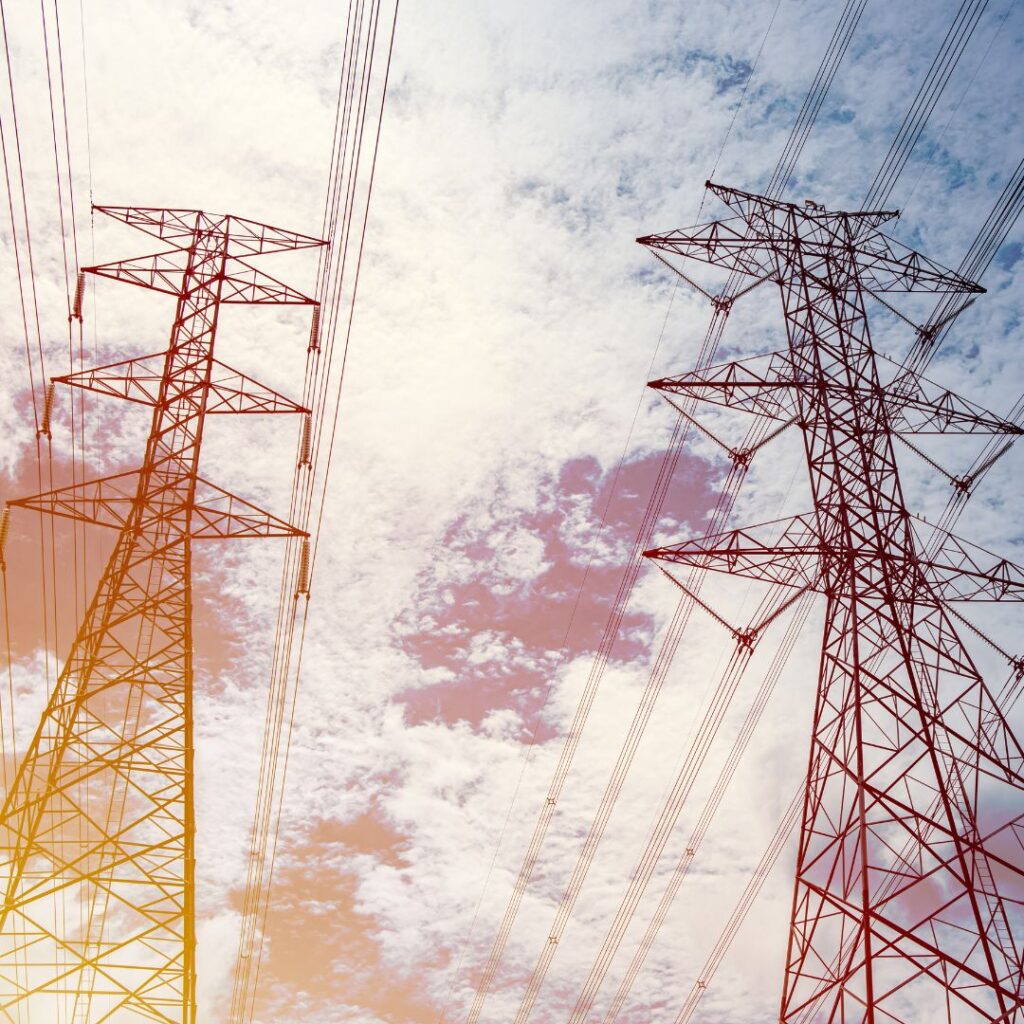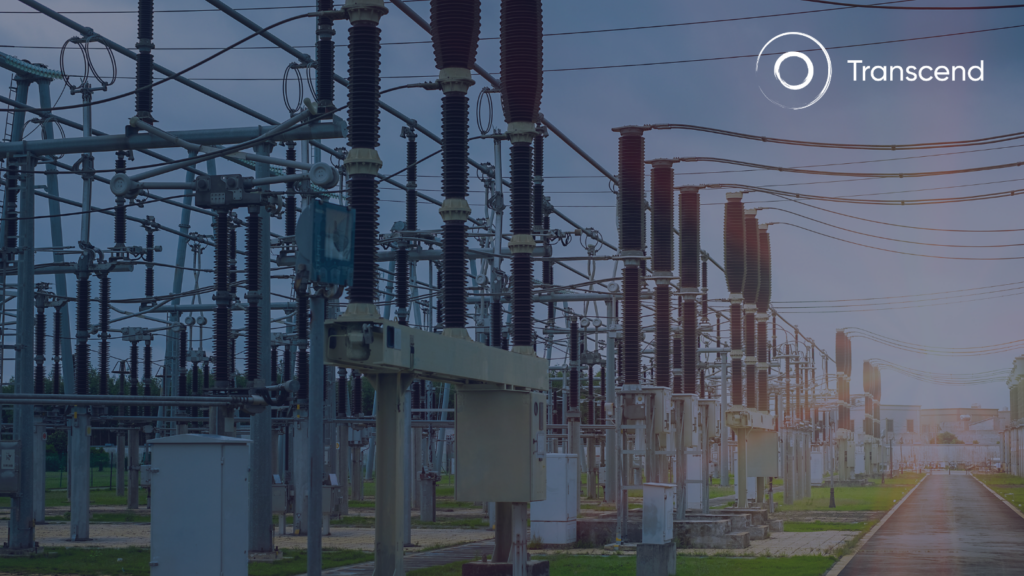Infrastructure design automation for the power sector
Accelerating grid modernization with generative design
Power sector teams are balancing the need to maintain existing assets, expand renewable integration, and deliver new capacity under strict regulatory and budget requirements. Traditional workflows for substation design and interconnection reviews slow progress with manual inputs, repeated revisions, and long approval cycles.
Transcend provides automation and governed data structures that eliminate these bottlenecks—helping utilities, engineering firms, and developers move projects forward with speed and confidence.
Automated, auditable substation design packages
The Transcend Design Generator (TDG) produces complete, compliant preliminary designs in hours, not weeks. With validated inputs and built-in standards, TDG creates:
By standardizing inputs and generating traceable outputs, TDG helps project teams cut design cycles by up to 90%, reduce costly revisions, and deliver data that integrates directly into BIM, ACC, and digital twin platforms.
Accelerate utility interconnection approvals
Backlogs in interconnection reviews delay renewable projects and grid expansion. The Utility Interconnection Hub (UIH) ensures developers submit fully compliant collector substation designs from the start—reducing review cycles, minimizing rework, and improving collaboration between utilities and developers.
With UIH, utilities can:
Resources for power professionals
Explore practical insights, proven strategies, and stories from the field to help power professionals design with greater speed, structure, and confidence.

National Sanitation Goals and Legal Mandates Brazil has embarked on an ambitious plan to ensure...

The Transcend Design Generator has just entered a new industry within critical infrastructure, Power. We’re...

Traditionally, substation design involved complex manual calculations and drawings, but now, with the birth of...
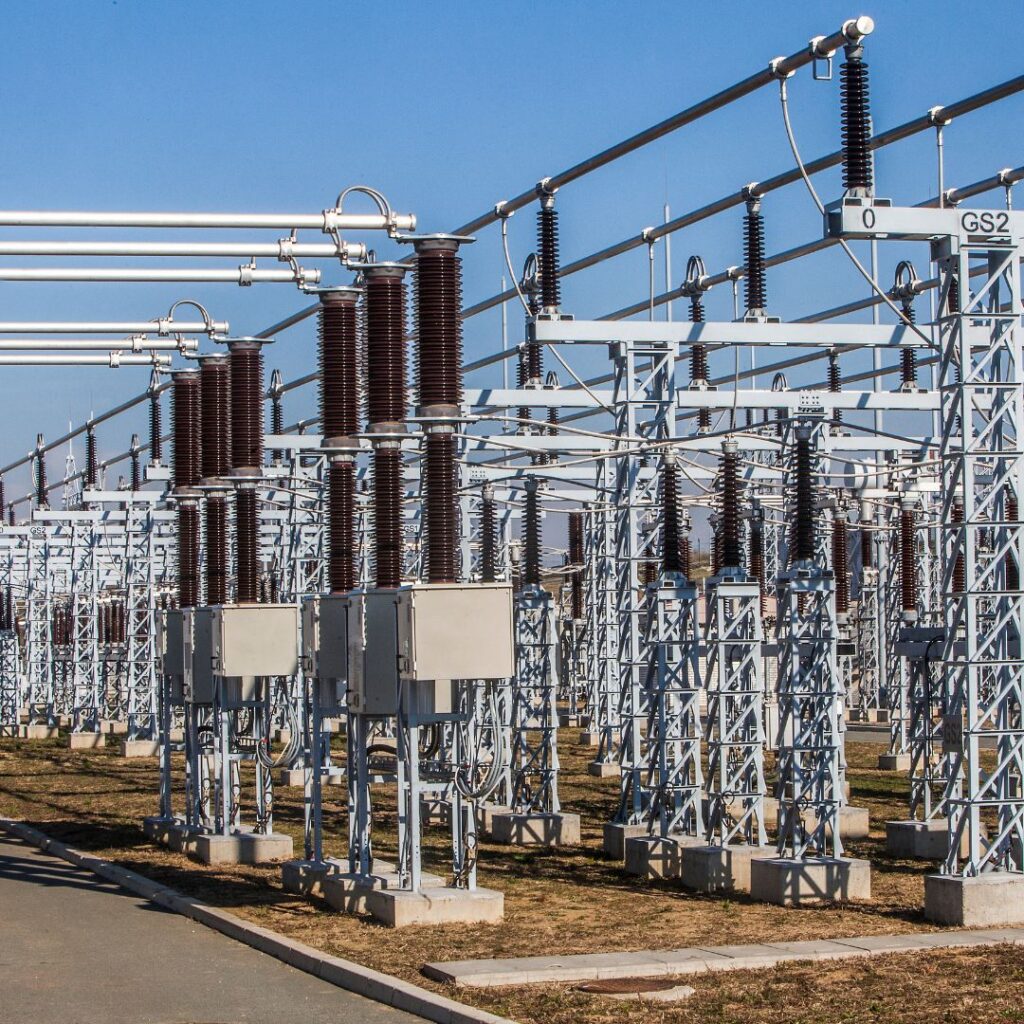
For any power utility, crafting a master plan is a critical step in ensuring reliable...
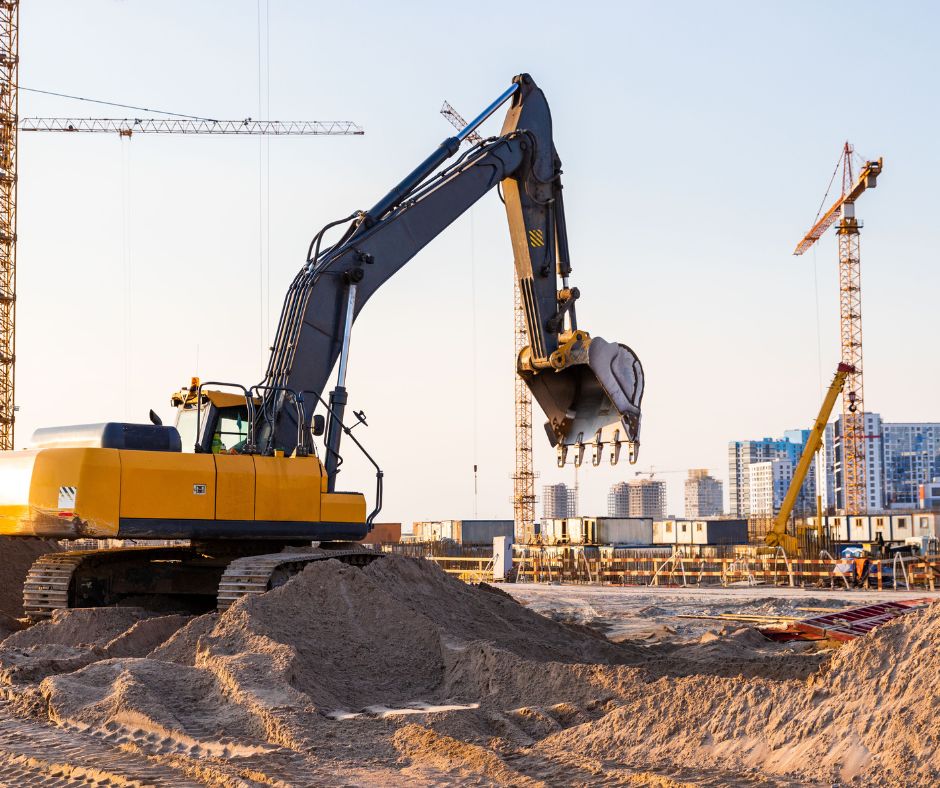
Infrastructure is the backbone of modern society, silently supporting our daily lives. From roads and...
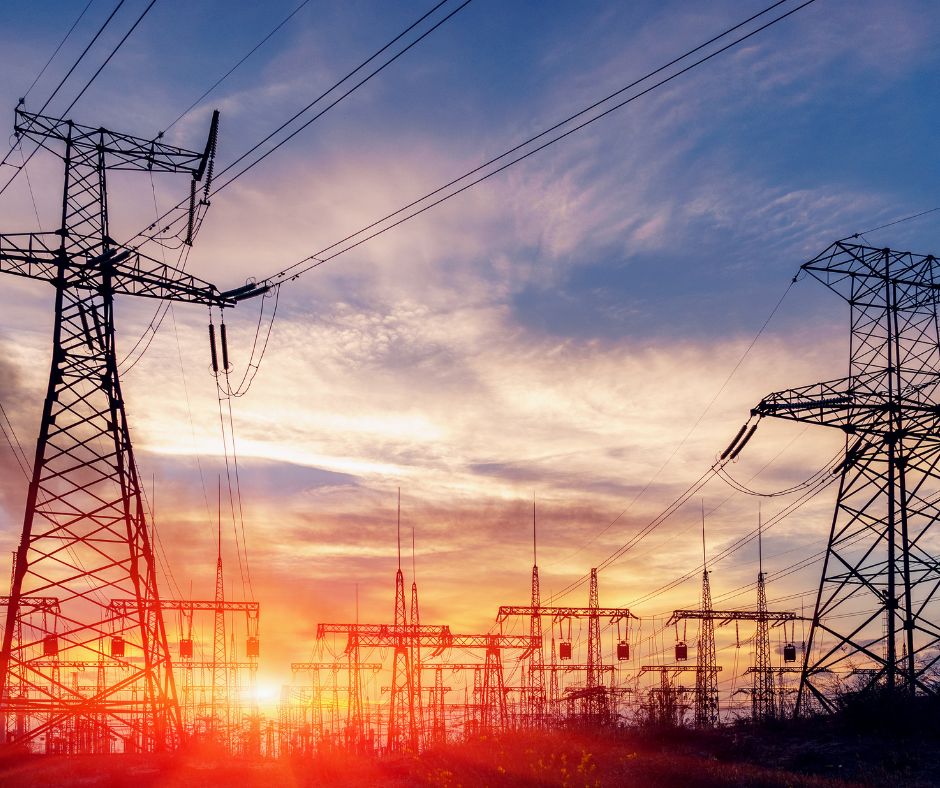
Electrical substations play a crucial role in the power distribution network, serving as vital hubs...
